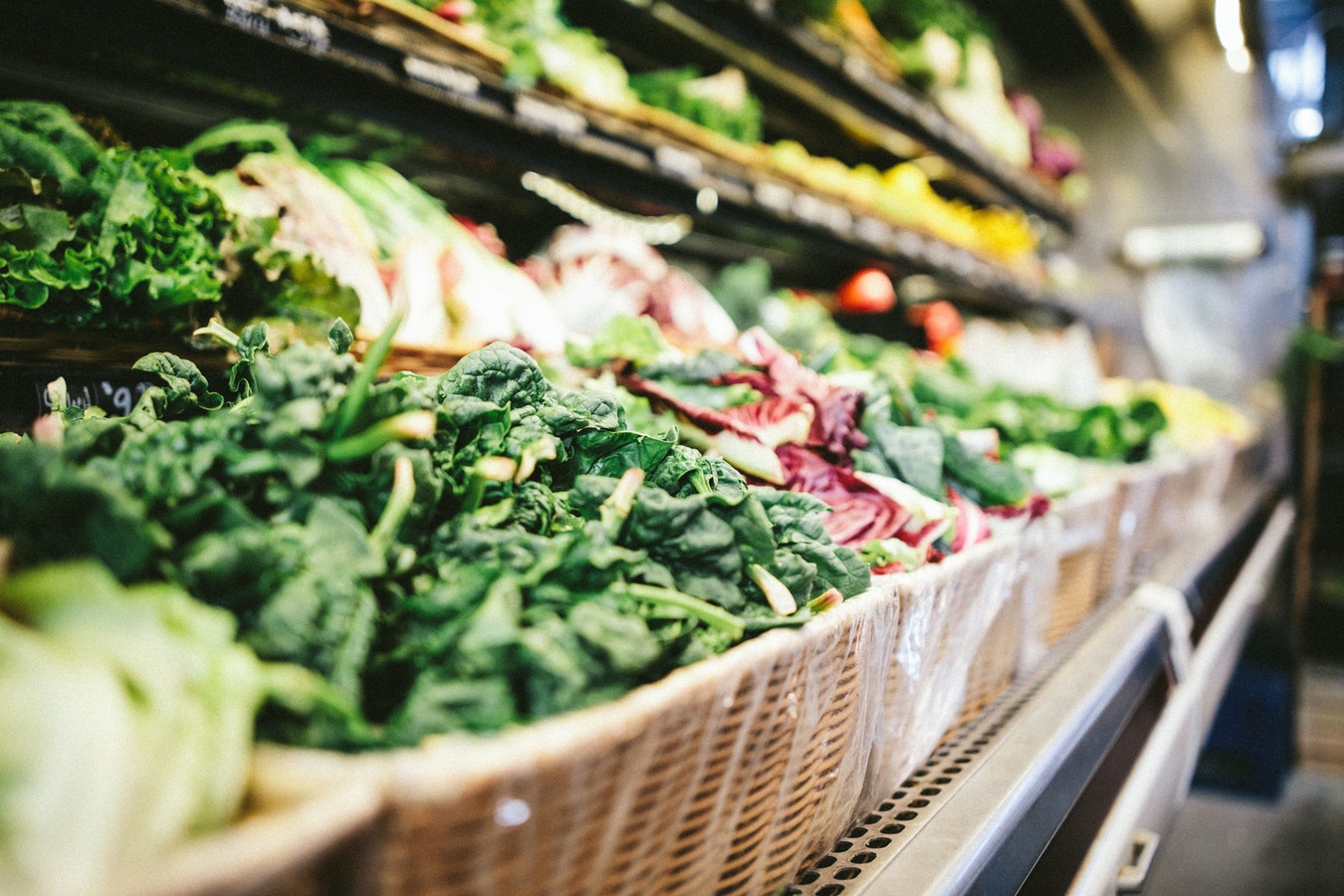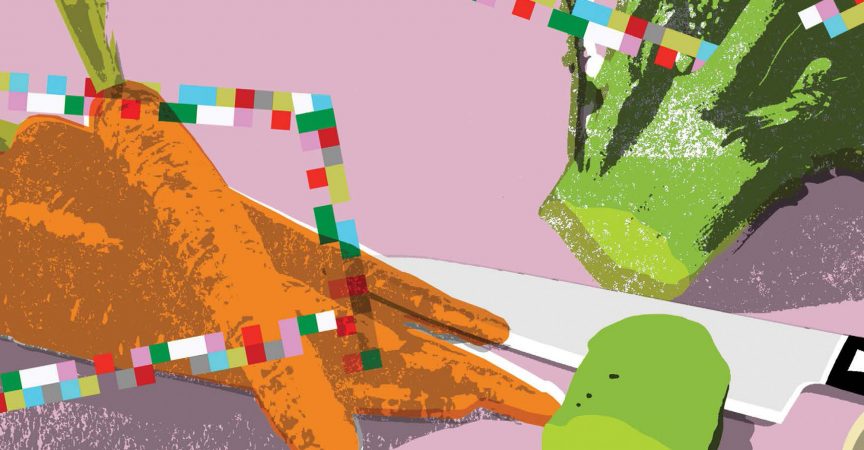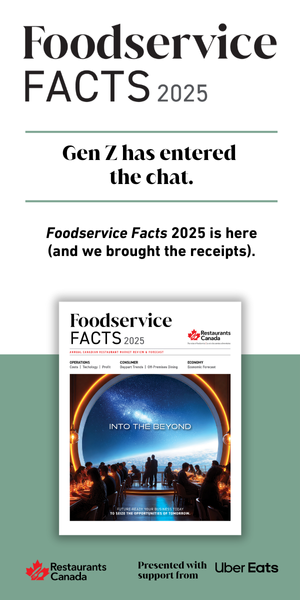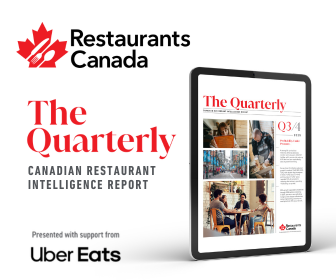Transforming foodservice on the blockchain
The way we produce, move and consume food in the modern global economy is steeped in innovation, from geomatics and genetic engineering to digital marketplaces and vertical farming.
Yet, the technology due to have the greatest impact on the industry representing a tenth of the world’s GDP is not any of these things. It is blockchain—the underlying technology behind cryptocurrencies like bitcoin.
Blockchain is bringing about an evolution of the internet from a platform for sharing information to a platform for transacting value. While a great deal of attention has been paid to the explosion, and subsequent crash, of blockchain-based crypto-currencies, the implications of this technology are far greater than bitcoin.
Blockchain presents a native medium for digital value exchange, with the potential to upend everything about the way we do business: from disrupting service amalgamators like Uber and Foodora, to simplifying payments and insurance processes, to fundamentally transforming the way we source and trace our agricultural goods.
The Walmart Case
 Enter Walmart, the world’s largest food retailer.
Enter Walmart, the world’s largest food retailer.
In 2016, Walmart partnered with IBM on a pilot to improve the traceability of their products using blockchain. The pilot focused on two products: pork and mangos. These two products were both selected for their volatility—pork can be connected with trichinosis while mangos are sensitive to bruising and over ripeness—as well as the sheer complexity of their supply chains.
In this project, Walmart required everyone in their pork and mango supply chains to record information on a single blockchain. This information would be secured in a manner similar to the way bitcoin transactions are verified. A network of computers would group all the data uploaded in a certain time period into a block, timestamp it and cryptographically link it to the other blocks along the chain.
The key feature of this blockchain solution was its immutability. Information recorded on a blockchain can’t be manipulated or changed, vastly increasing trust in their supply chain.
Data on everything from dates and times to soil conditions and storage temperatures could be uploaded, often automatically using a series of smart sensors and RFID chips. Procurement managers could see this information in real-time, which allowed them to record who in their supply chain abided by higher production standards, and who may cause problems.
Most importantly, Walmart was now able to trace a product through a supply chain to its source in seconds—a process which once took weeks. In the event of contamination, they could more quickly identify the problem, reducing the number of potential consumers infected and the amount of product wasted.
Blockchain 101
Blockchain describes a vast, distributed ledger, which allows individuals to store and exchange things of value digitally, without the need for large intermediaries like banks or payment companies.
To transact on a blockchain, an individual simply uploads their transaction onto a ledger. That ledger is overseen by a massive network of computers, which groups transactions together into a “block” and verifies that the information on that block is accurate. Once a block is formed, those computers cryptographically link it to the previous block, thus forming a “chain” of blocks.
The first blockchain was created in 2008 to support bitcoin, the world’s first cryptocurrency. However, it didn’t take long for many companies to realize the technology enabling cryptocurrencies to exist could also be used to transact anything of value far more efficiently and securely—from stocks and bonds to intellectual property and music.
Because the blockchain exists on thousands of computers, not just one, it’s far more difficult to hack or change the information recorded on it. This means that blockchain is particularly well-suited to the role of recordkeeping. Today, the City of Toronto is experimenting with blockchain as a means of simplifying the business licensing process.
For business, however, that secure digital record has an even more important application: supply chain management.
How We Move Food
The global food supply chain involves producers and suppliers from countries with vastly different standards of transparency and care. The World Health Organization estimates that 10 per cent of the world will contract foodborne illness each year, 420,000 of whom will be killed by it.
Meanwhile, consumer confidence is constantly shaken by bad actors in the supply chain making fraudulent claims—from meatballs made with horse, to parmesan cheese filled with wood pulp, to a market drowning in adulterated olive oil.
Those bad actors are sheltered by opaque, inefficient tracking systems.
In the existing system, it takes days or even weeks for a retailer to trace a product through the supply chain to its source. Each middleman keeps records in their own centralized database, sometimes using pen and paper, which can be altered to conceal problems. By the time the cause of an issue is identified, the damage is long done.
The response for retailers and consumers in the face of an outbreak is often to distrust all products, regardless of their source. A study sponsored by the Grocery Marketing Association found that, on average, food recalls cost companies over $100 million a year in direct and indirect costs.
Clearly, there’s a great deal of incentive—both humanitarian and financial—to build more transparent, efficient food supply chains.
What’s Next?
Since Walmart’s pilot with IBM, ten of the world’s largest food companies—Walmart, Dole, Nestle, Unilever and more—have formed an alliance called the “Food Trust” group. Together, these companies are building the standards necessary to use IBM’s blockchain platform for food tracking.
This same system currently used to improve food safety and quality assurance can be applied to any number of production standards. As the ethical and environmental impact of food becomes increasingly important to consumers, and fraudulent organic claims become more commonplace, blockchain presents a solution where consumers can be certain of what they purchase.
In the future, consumers and small businesses will be able to simply scan a barcode to see the source of a food, as well as any other relevant information regarding its production or ingredients.
But blockchain is still in its infancy. While there’s increasingly widespread understanding of its potential applications, there are significant technological limitations and implementation hurdles to overcome.
One of the largest hurdles is the great cost associated with establishing a blockchain solution. Creating a robust blockchain is a resource-intensive process, and requires a great deal of buy-in from every party in the supply chain. As such, the majority of blockchain applications are coming from large, multinational corporations with the resources necessary to bear the expense.
Overall, expect blockchain technology in the agricultural and foodservice industry to “trickle down.” As the largest supplier and retailers begin using this platform, and the technology improves to become more inexpensive and scalable, chefs and small business owners will be able to source their ingredients using blockchain as well.
The global food supply chain moves products which, altogether, represent one tenth of the world economy. Such an enormous, complex supply chain cannot be transformed overnight. But the transformation is happening, and the foodservice industry will be transformed with it.









